References:
- Paton MW, et al. Prevalence of Caseous lymphadenitis and usage of Caseous lymphadenitis vaccine in sheep flocks. AVJ 2003; 81(1&2): 91–95.
- Meat and Livestock Australia. Priority list of endemic diseases for the red meat industries. Published March 2015. Project code B.AHE.0010.
- Meat & Livestock Australia Limited, National Trade Lamb Indicator at $5.75 per kg ctw, May 2015
- Pattinson, R; Wilcox, C; Williams, S; Curtis, K. NSW Wool Industry & Future Opportunities 2015
- Evers J, Watt B (2007) High OJD mortality in the unvaccinated portion of a merino flock. Flock & Herd
- Pattinson, R; Wilcox, C; Williams, S; Curtis, K. NSW Wool Industry & Future Opportunities 2015






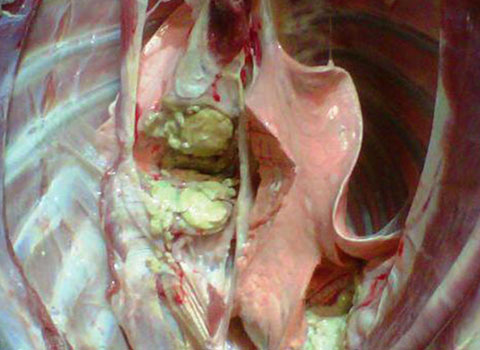
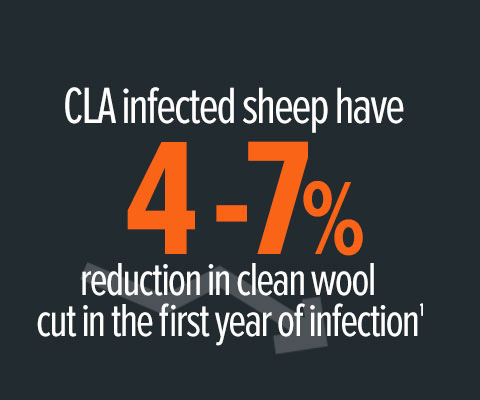

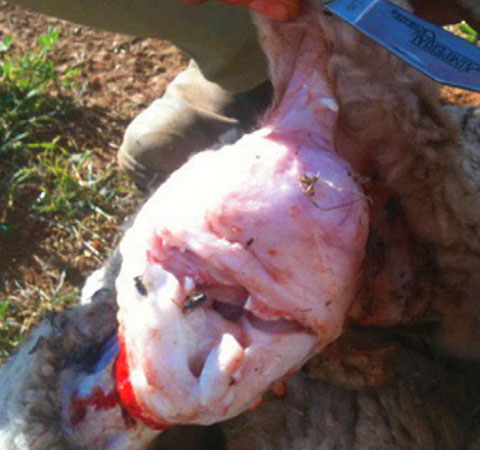

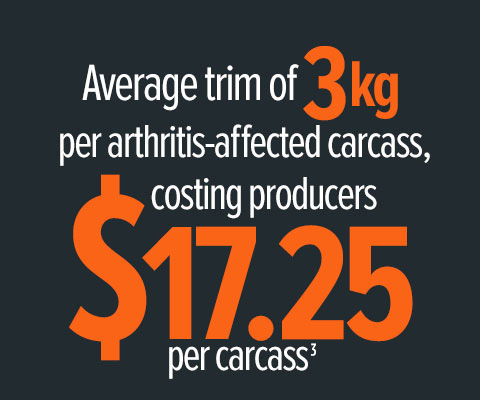
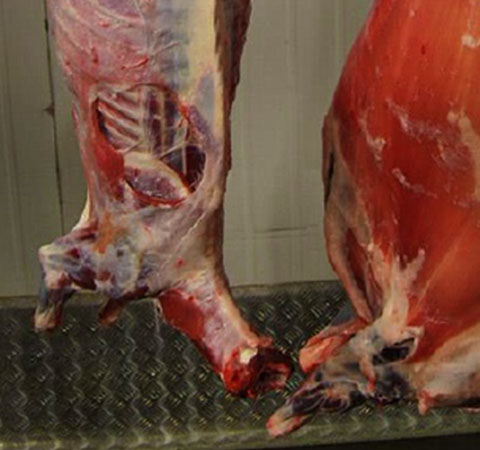
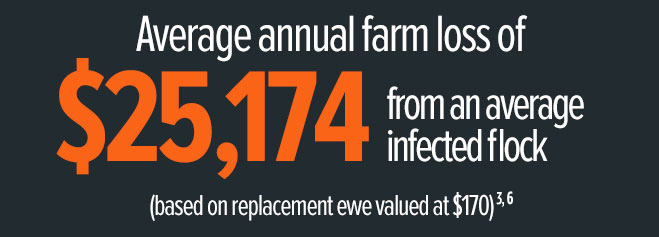
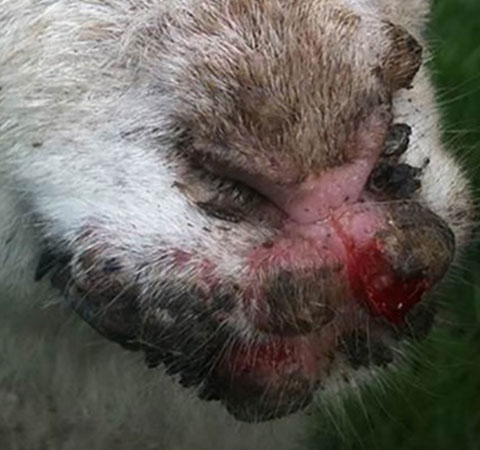
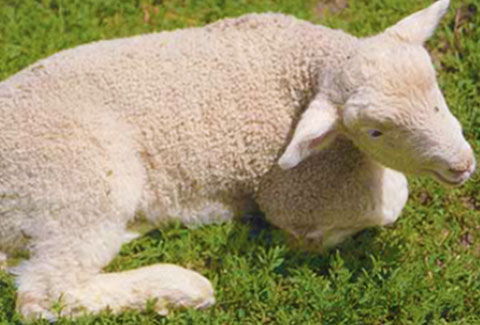
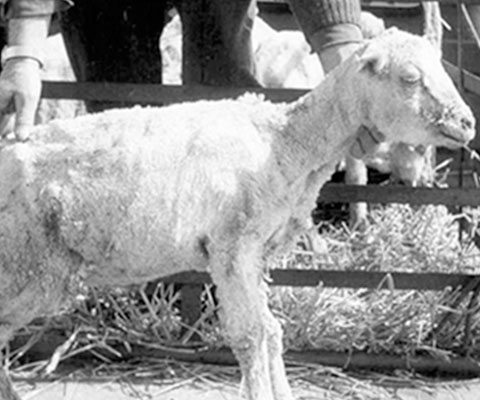
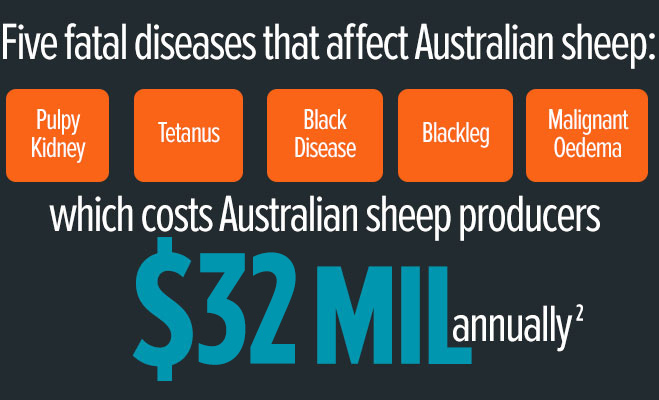
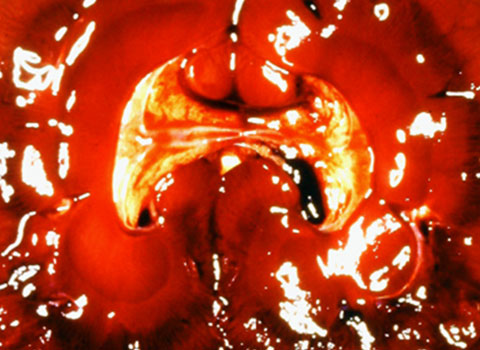
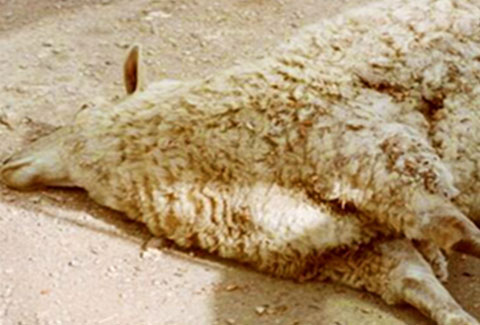
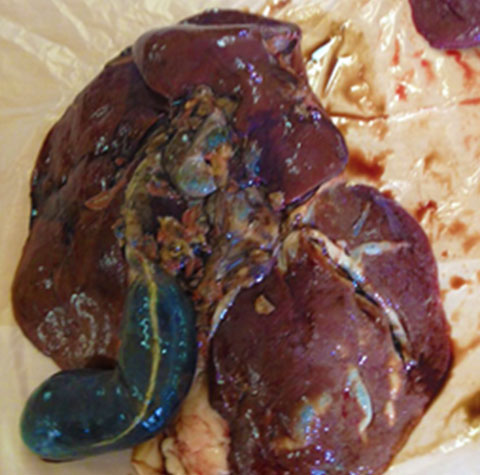
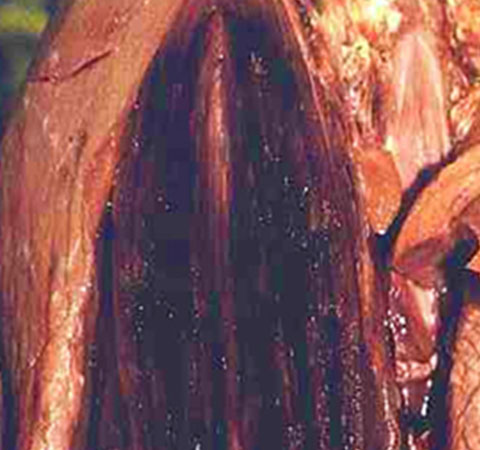
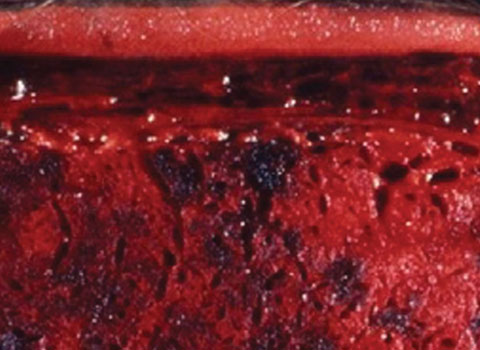
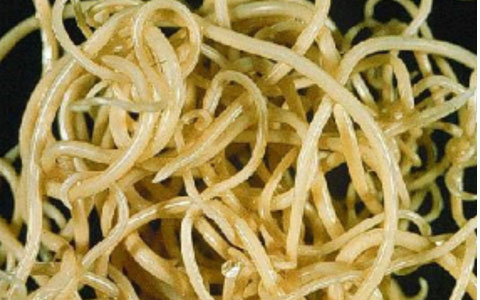
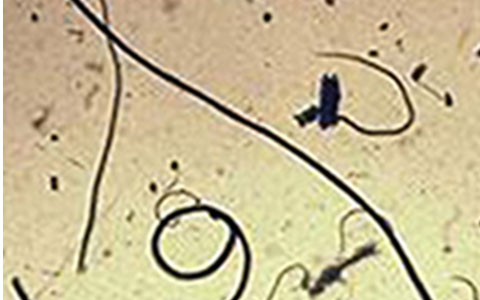


 A Better Way To Buy
A Better Way To Buy